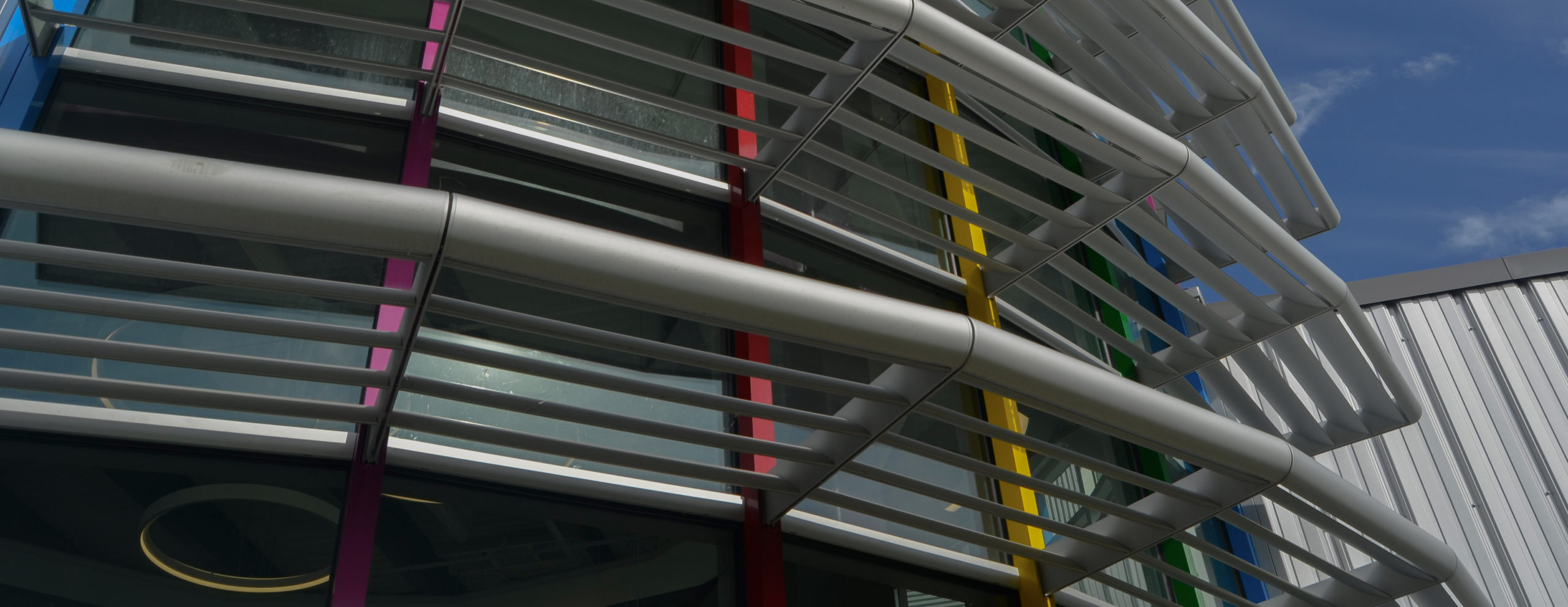
Redesigning
Educational ExperiencesArchitecture
BR2 Architecture offers the benefit of extensive school design experience; the design of schools with significant 21st Century Learning initiatives; a team that brings fresh and varied ideas to the table; significant design and technical support and backup throughout this each project’s evolution.
As the culture of learning environments changes, BR2’s approach evolves to support teaching and learning with creative and flexible spaces. Each board and school are different and there is no single formula for a 21st Century School, but we identify solutions that work for each of them using the following design principles.
Safety &
Comfort
Good design creates physical and psychological safety. It creates an environment that makes a pleasure to learn, work, play, eat and socialize in the space. Comfortable furniture, soft finishes, casual gathering areas and student-centered spaces creates a welcoming, home-like environment
Flexibility
Good design reflects our current understanding of how students learn, but is also flexible enough to adapt as that understanding evolves. Spaces and furniture can be used flexibility to accommodate different learning modalities.
Movement
Good design supports movement across spaces. Spaces are used flexibly by learning groups. Movement builds community, collaboration and interdisciplinary connections. Properly designed furniture allows for movement that promotes intellectual and physiological stimulus.
.
Transparency
Good design supports high levels of visibility in both formal and informal areas. Transparency develops connection to context and between people. Supports increased “eyes on the street”.
Sustainability
Good design incorporates sustainable design concepts. Spaces are durable, low maintenance, energy and resource efficient and reduce operating and maintenance costs. Sustainable design can be expressed visually in the school as a learning tool and “3D textbook”.
Inspiration
Good design inspires the heart and the senses. Color, art, beauty and spatial harmony are used to develop inspiring spaces.
Connection to
Nature
Good design connects with the natural environment. The space incorporates connections between indoor and outdoor space, and promotes learning in natural contexts.
Shared
Ownership
Good design invites shared ownership of learning, pedagogy and space. The space invites educators, parents, students and community members to collaborate around teaching and learning.
